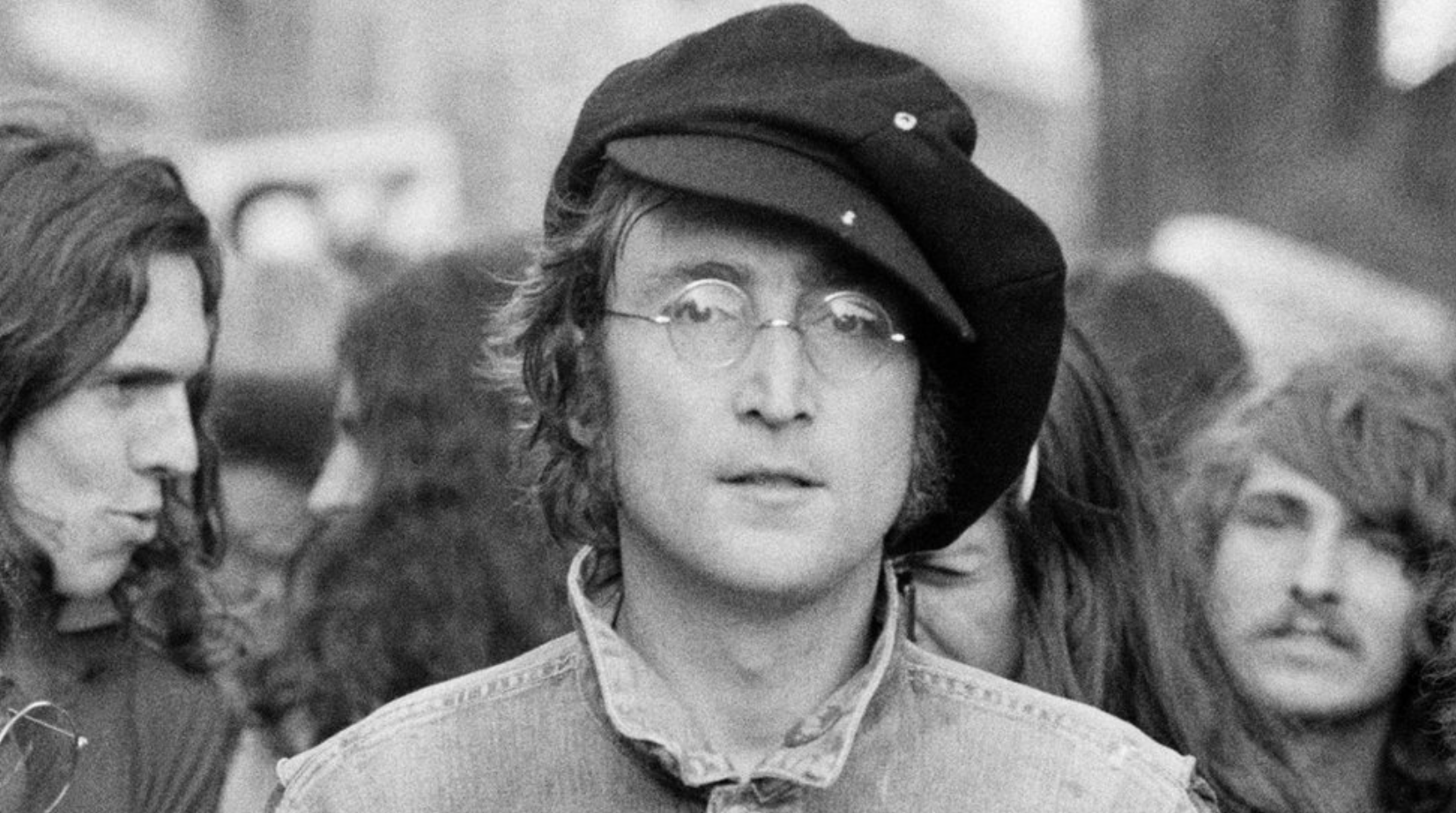The slow and breezy tunes of John Lennon’s Plastic Ono Band are essential to get through long family car rides. The record is dreamy, sincere and simple – everything two hours imprisoned in a confined space with your family is not. I listened while my dad played the album as we drove to New Haven over spring break. However, the trance the album put me in promptly shattered when my sister casually interjected: “Didn’t he, like, beat his wife?” She wasn’t wrong. John Lennon, as talented and successful of a musician as he was, has confessed to physically assaulting his first wife Cynthia Lennon. My dad shrugged her off. “It was a different time.”
The question of whether you can separate the art from the artist has been heavily debated for years. In the current age of “cancel culture”, it seems that no artist is spared. Is it wrong to reread the Harry Potter series after J.K. Rowling’s transphobic tweets surfaced? Can I admire Picasso’s paintings knowing he was a raging misogynist? Can I still stream songs by Chris Brown, a man with a documented history of violence toward women? It’s time to settle the question: can you separate the art from the artist?
Art is a way to express how you view the world. The meaning of a piece of art to its creator is exactly what makes it art. In this way, it’s hard to separate artists from their creations. You can often see references to the artist’s underlying beliefs in their art, and the context behind music does height or detract from the experience of consuming it. So, in a way, ignoring the background of an artist can be a disservice to their creations. For example, Frida Kahlo’s culture and experience as a woman deeply impacted her artwork; she used her paintings to express her identity as a Mexican woman and to protest discrimination. To separate the art from the artist would be an insult to her legacy.
However, art can still be appreciated while still recognizing its creator’s biases and flaws. Roman Polanski pled guilty to the rape of a 13-year-old girl, but as uncomfortable as it is for me to admit, that doesn’t mean his art isn’t good or that his movies cannot be appreciated. One could argue that his actions outside of directing have nothing to do with his filmmaking capabilities. Art can be entertaining and inspiring regardless of who made it.
But recognizing an artist’s problematic behavior is different in a modern context. In addition to being a means of personal expression, art is a means of income. Supporting an artist’s work means supporting the artist by lining their pockets with more cash, fame, and influence. You can’t listen to Chris Brown’s music and ignore his history as an abuser because consuming his music benefits him by putting money directly into his pocket.
Cade Mehretu-Rankin (V) says “that’s when pirating is the answer.”
There isn’t a clear way to settle this debate. For example, Spotify, the world’s leading streaming service, made the decision in 2018 to stop promoting or recommending music by artists whose content or conduct it deemed to be offensive. “We don’t censor content because of an artist’s or creator’s behavior, but we want our editorial decisions — what we choose to program — to reflect our values,” Spotify said in a statement. However, their decision to remove music from R. Kelly and XXXTentacion from playlists resulted in harsh criticism. XXXTentacion’s publicist famously asked when the streaming service would take similar actions against Michael Jackson, David Bowie, the Red Hot Chili Peppers, and others who had been accused of misconduct. Spotify CEO Daniel Ek ended up apologizing for the move – we “rolled this out wrong” he told a conference gathering. Spotify hastily restored the music to their playlists.
John Lennon advocated for peace and love. That message remains true, even if he didn’t personally practice what he preached. But times have changed. We have different moral standards now. You won’t find me listening to and supporting artists I currently consider racist, sexist or problematic in any way. That’s not to say that every artist who’s done anything wrong should be canceled – almost everyone is “problematic” to an extent. Separating the art from the artist is ultimately an inherently personal decision. Since art is individually interpreted by the viewer or listener, it’s up to you to figure out what you think is right or wrong. But if you choose to consume art created by people known to be problematic, it is important to recognize and acknowledge what they did wrong. Most artists, as you have probably figured out by now, are not people to look up to.






